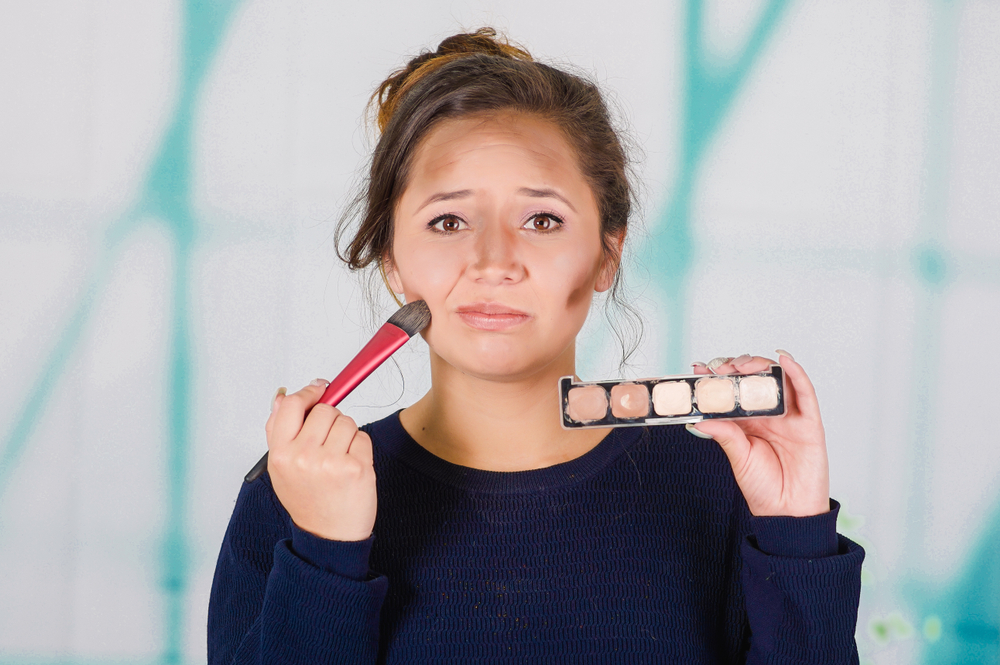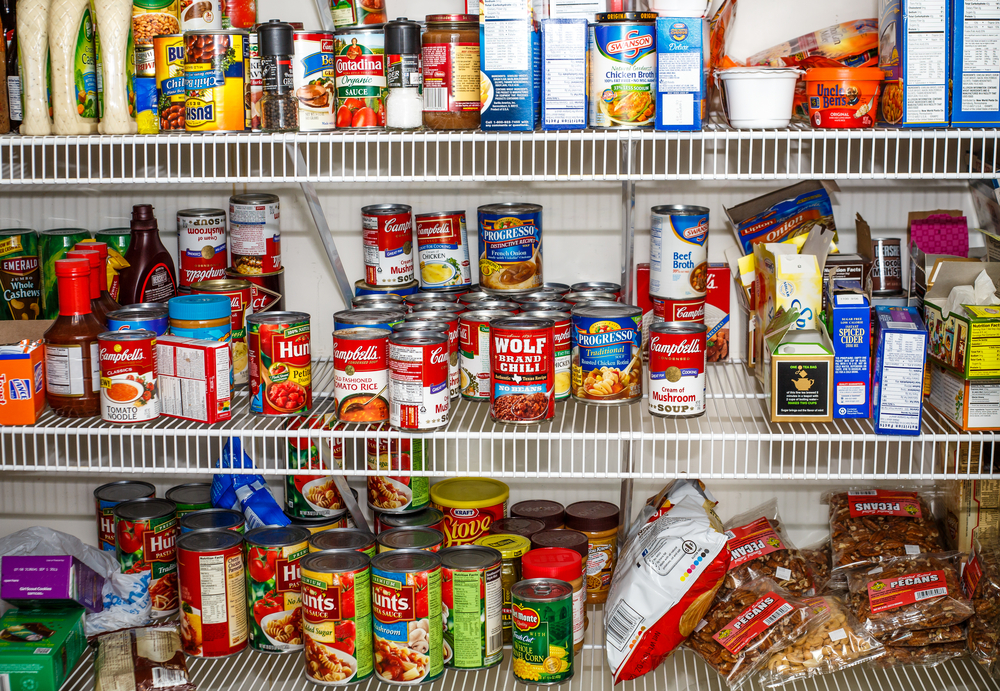You might be eating plastic—and not even know it. From your morning eggs to your bottled water, a growing body of research reveals that microplastics are sneaking into the food chain in invisible and alarming ways. These tiny fragments—shed from packaging, cookware, and even the air—aren’t just pollution problems. They’re a dietary one.
1. Chewing Gum

Ever wondered what gives your favorite gum its chewiness? Spoiler alert—it’s often plastic. A report from the BBC revealed that many chewing gums contain a synthetic rubber base, which is a form of plastic. Think about it: if it’s not a natural gum base like chicle, it’s likely a polymer-based synthetic that you’re chomping on. So, next time you’re blowing bubbles, consider checking the label.
And let’s be real, gum wrappers won’t tell you outright that you’ve got plastic in your mouth. The ingredient lists are often vague, labeling it as “gum base.” Sneaky, right? Opt for natural alternatives made from sustainable materials if you’re concerned. Otherwise, you might be unknowingly adding to your microplastic intake one stick at a time.
2. Tea Bags
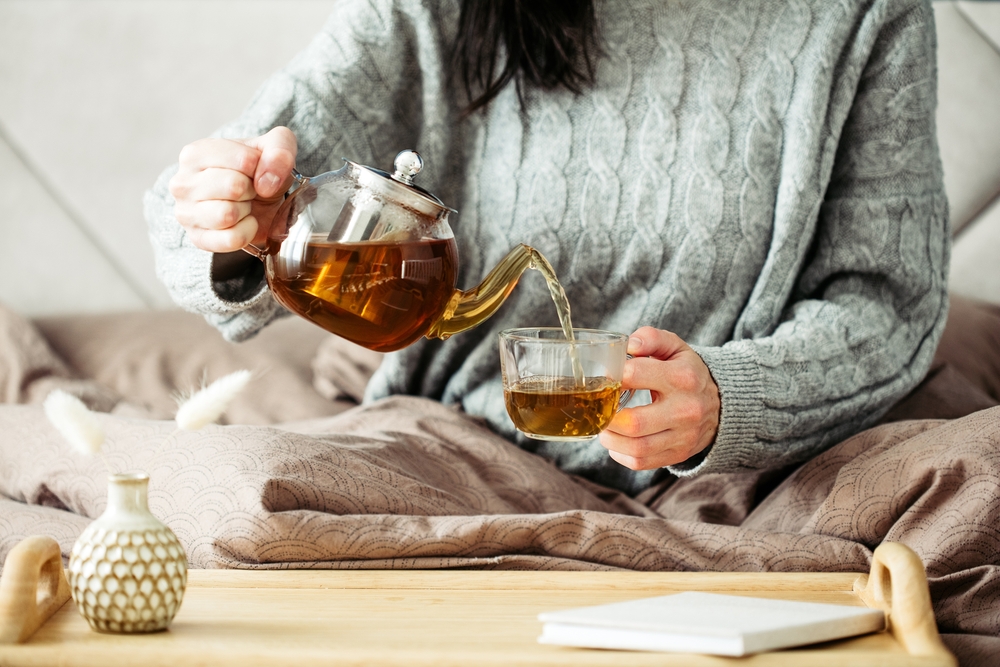
A soothing cup of tea might come with a side of plastic. Many tea bags are actually sealed with polypropylene, a heat-resistant plastic. This means when you steep your tea, tiny particles may leach into your drink. Steeping a single plastic tea bag at brewing temperature releases billions of microplastics into your cup.
So, what’s a tea lover to do? Consider switching to loose-leaf teas and using a metal strainer. Not only does it taste better, but it can also reduce your plastic footprint. If you cherish the convenience of bags, look for brands that use biodegradable materials. A little switch can go a long way in keeping your tea plastic-free.
3. Salt
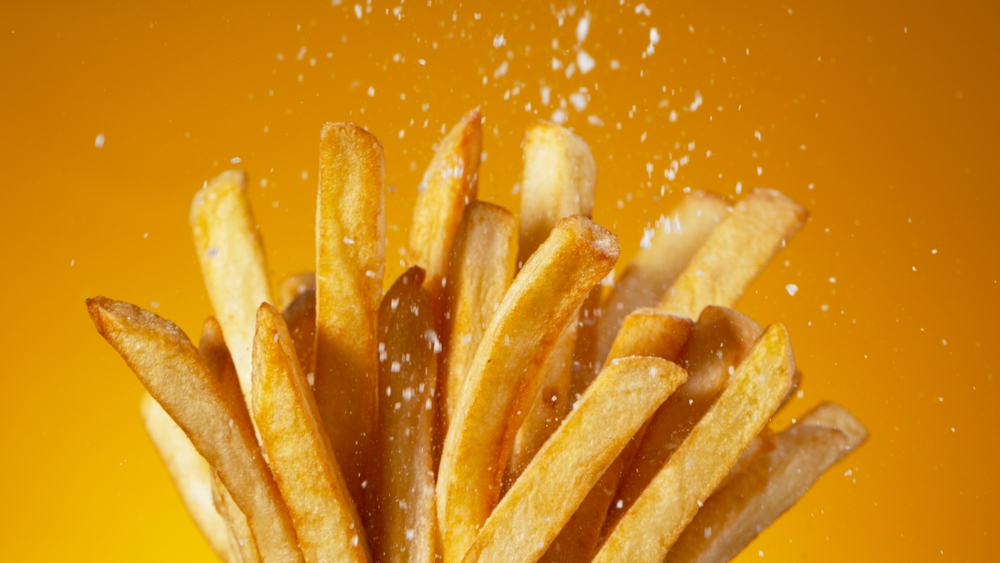
You might shake it over your fries without a second thought, but that innocent salt shaker could be pouring out more than seasoning. Several studies, including one published in Science Direct, have found microplastics in table salt. This contamination largely stems from plastic pollution in oceans, where much of our salt is harvested.
You might be thinking, how much plastic can a little salt contain? Well, it adds up over time. Opt for brands that source their salt from cleaner, less polluted areas, or try Himalayan pink salt, which is often touted as a cleaner option. Unfortunately, the modern diet is seasoned with a sprinkle of plastic—something to consider next time you reach for the shaker.
4. Fish And Seafood
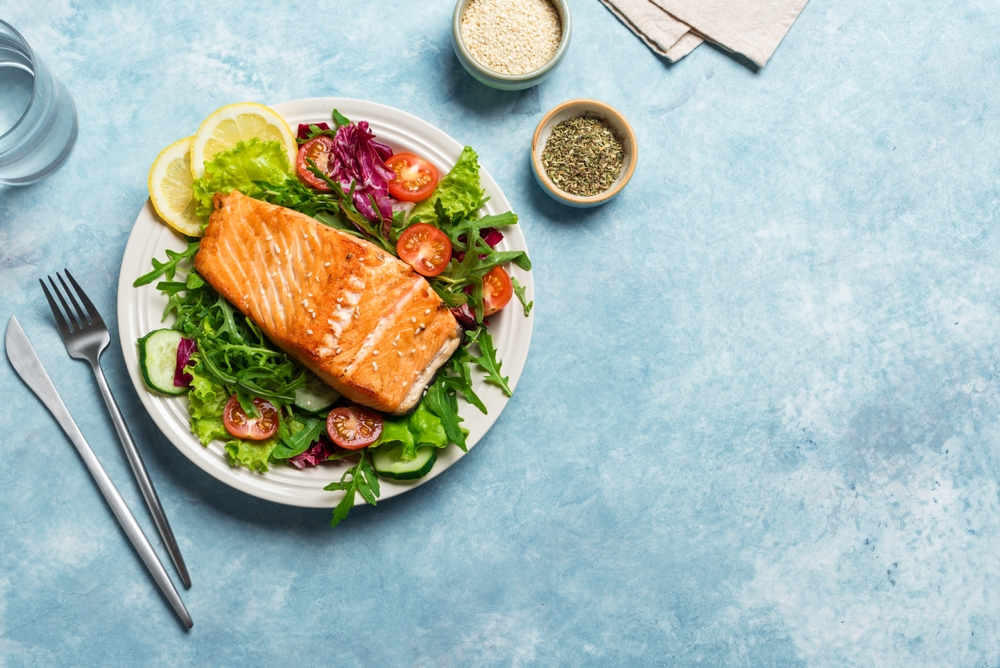
The ocean is a dumping ground for plastic waste, and marine life inadvertently ingests these particles. Studies have revealed that fish and shellfish sold for human consumption contain microplastics in their gut. And guess who eats those? Yep—us.
Eating seafood means you’re potentially ingesting these microplastics, too. While it’s almost impossible to avoid entirely, you can reduce your risk by choosing sustainably-caught fish and seafood from cleaner waters. Look for certifications indicating ethical and sustainable fishing practices. Being selective about where your seafood comes from can help minimize your microplastic intake.
5. Honey
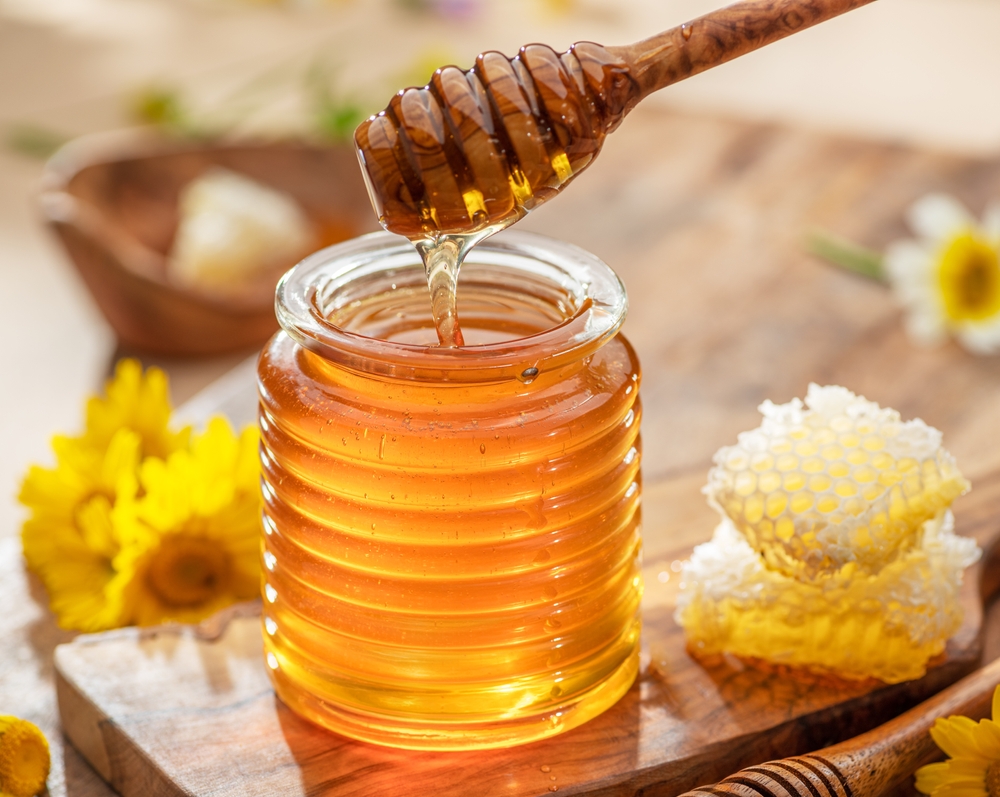
Yes, even your sweet, golden delight is not immune to plastic contamination. A report published in Research Gate highlighted how microplastics have been found in honey. Bees are inadvertently collecting plastic particles along with pollen, bringing them back to their hives. This results in those particles making their way into our honey jars.
It’s a bit of a buzzkill, isn’t it? While it’s difficult to completely avoid microplastics in honey, opting for local and organic honey could be a wise choice. Small-scale producers may have products less exposed to urban pollutants. Supporting local beekeepers not only helps you enjoy purer honey but also contributes to protecting bee populations.
6. Bottled Water
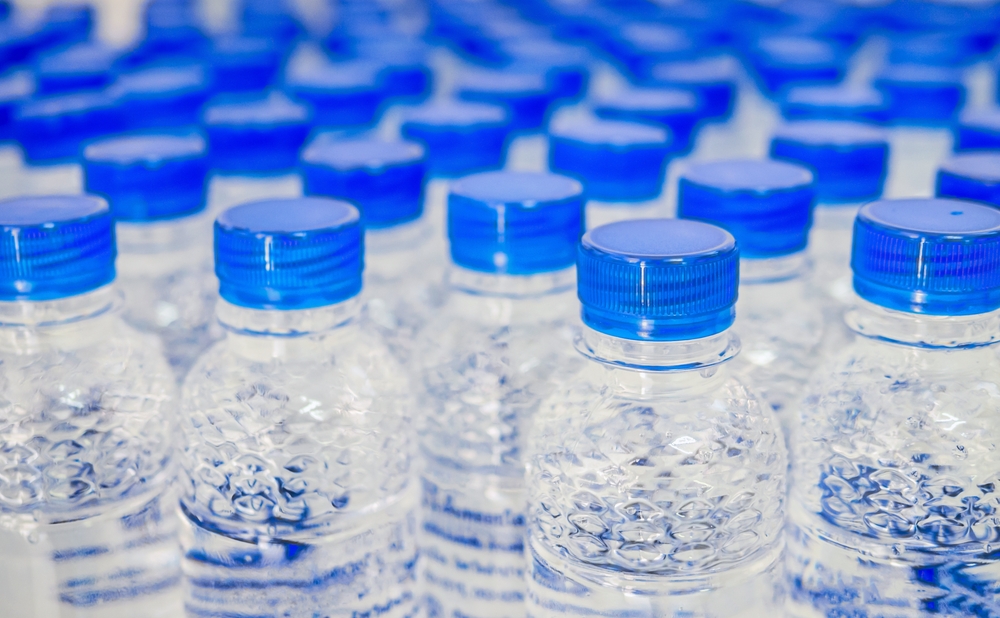
You might assume that bottled water is purer than tap, but think again. Studies show that bottled water can contain even more microplastics than tap water. These tiny particles can come from the plastic bottles themselves, shedding microfibers into the water.
If you’re a bottled water enthusiast, maybe it’s time to reconsider. Switching to a reusable water bottle with a good filter might be a better bet for both your health and the environment. Not to mention, you’ll be reducing plastic waste significantly. It’s a win-win situation: less plastic in your water and less plastic in the world.
7. Canned Foods
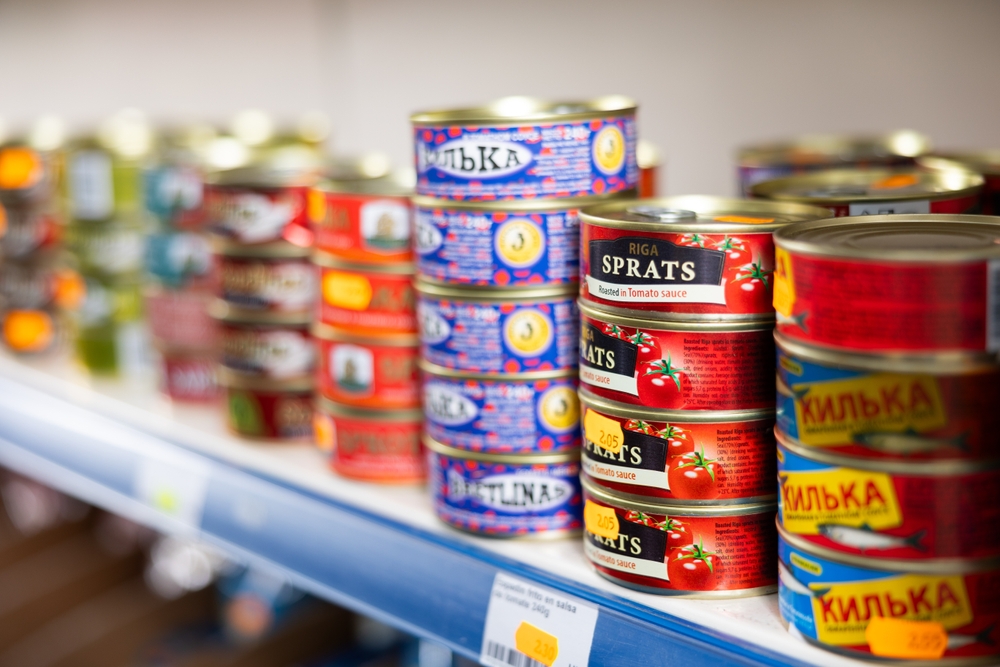
Convenience comes at a cost, especially with canned foods. The inner lining of most cans contains a resin that includes bisphenol A (BPA), a synthetic compound as outlined in the Mayo Clinic. This lining prevents your food from interacting directly with metal, but it can also leach microplastics into your food.
Switching to fresh or frozen foods could reduce your risk of ingesting these microplastics. Alternatively, look for brands that specify BPA-free cans. The fewer synthetic compounds you’re exposed to, the better. So next time you reach for a can opener, consider these alternatives.
8. Packaged Snacks
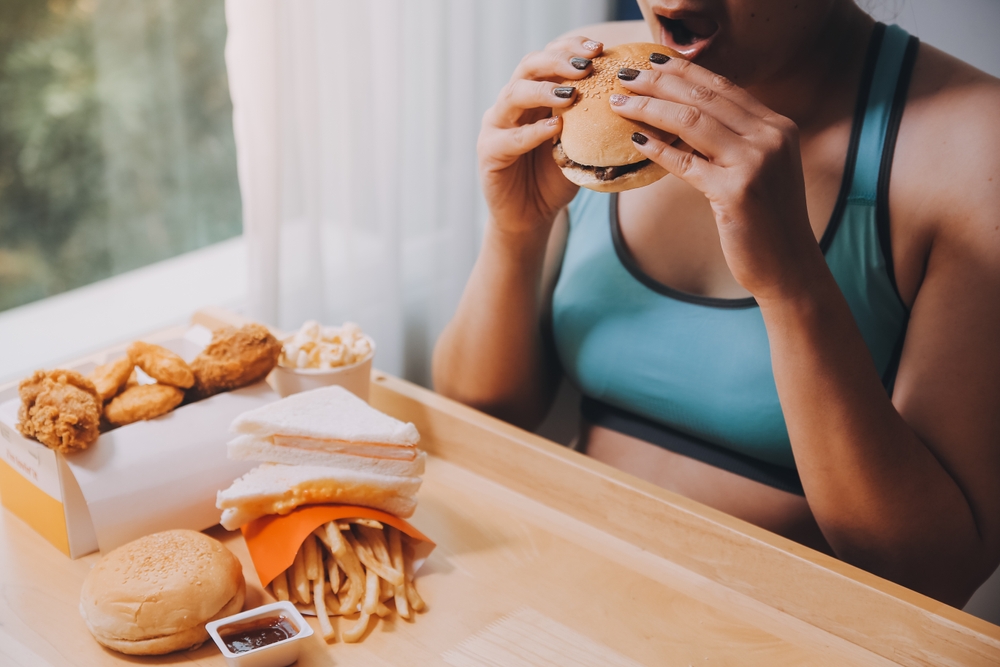
Those grab-and-go snacks are as convenient as they are problematic. The plastic packaging that keeps your chips crispy and cookies fresh also has a downside. Tiny plastic particles can end up in your snacks during production and transportation.
Consider opting for snacks with less packaging or those that use eco-friendly materials. Better yet, invest some time in preparing homemade snacks. It’s a healthier option and keeps you in control of what you’re consuming. Plus, your taste buds will thank you for the effort.
9. Processed Meats
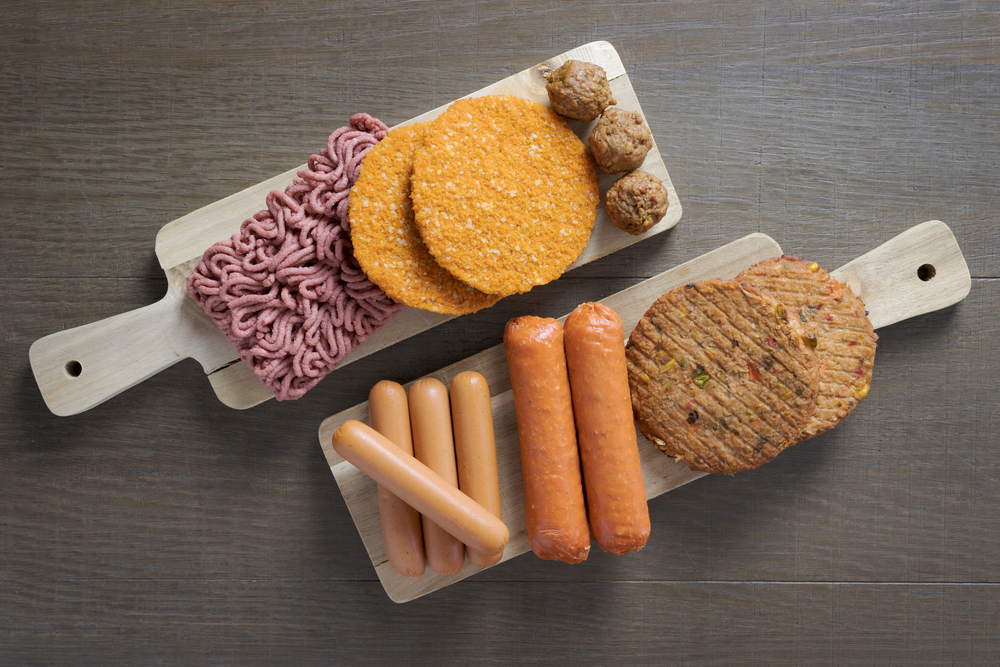
That deli sandwich might come with a side of microplastics. Processed meats are often wrapped in or packaged with plastic films, which can transfer microplastics into the meat. These films might help with preservation but can also introduce unwanted elements.
Switching to fresh cuts from a butcher can reduce your exposure. Ask for your meat to be wrapped in paper instead. Not only is this better for the environment, but it can also provide a fresher taste. Eating more mindfully can be as simple as making a few conscious choices.
10. Baked Goods
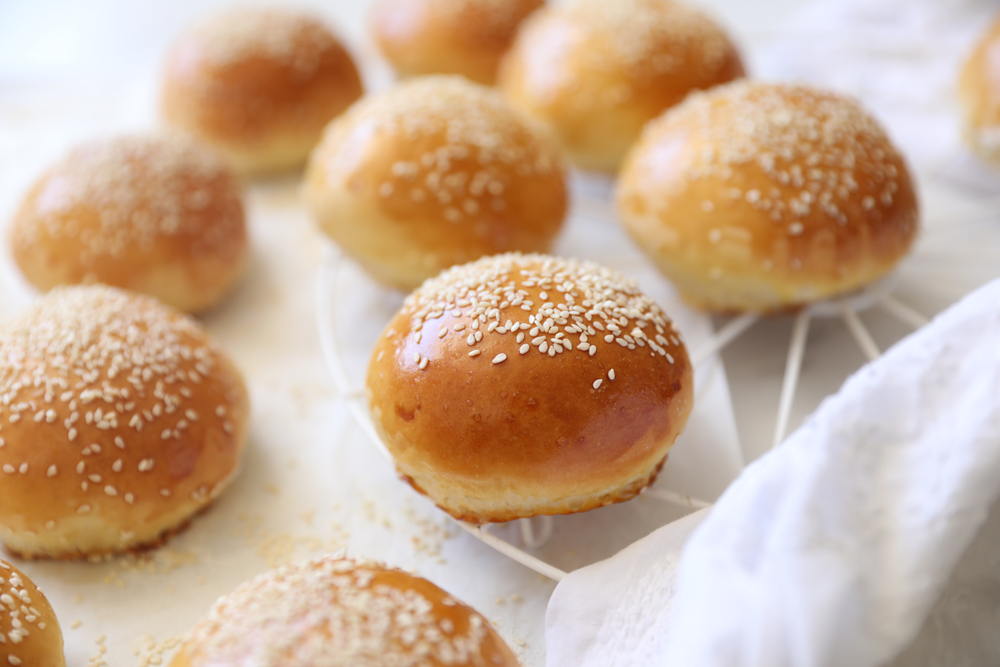
Baked goods are no exception in the world of sneaky plastics. From the plastic-wrapped loaves to the shiny glazes on your favorite pastries, microplastics can sneak in. Those attractive, glossy finishes are sometimes achieved using products that contain polymers.
When possible, choose bakery items that are less processed and packaged with care. Shopping at local bakeries rather than big supermarkets might be a more eco-friendly choice. Also, consider making your baked goods at home. It’s more work, sure, but who can resist the smell of fresh bread baking?
11. Dairy Products
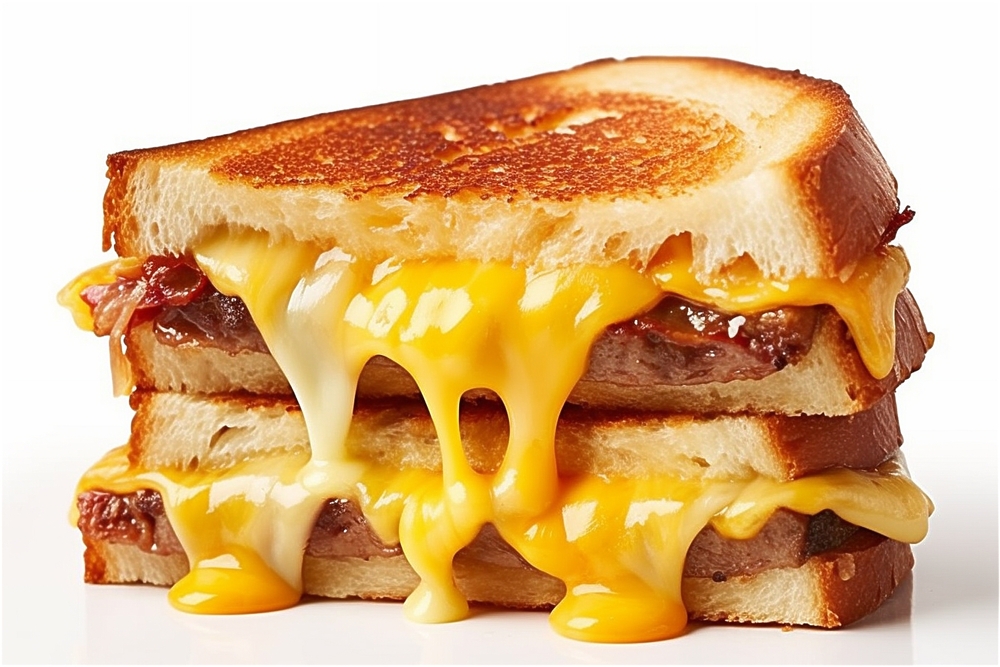
You might be surprised to find plastic in dairy, but it’s more common than you think. Milk and cheese can be stored in plastic containers which release microplastics. Even worse, the production process can introduce plastics into dairy products.
Opt for glass-bottled milk or cheeses that are wrapped in wax or paper. Supporting local dairies is another way to ensure you’re consuming less plastic. It’s also a fantastic opportunity to taste dairy the way it’s supposed to be. More flavor, less plastic—what’s not to love?
12. Fruits and Vegetables
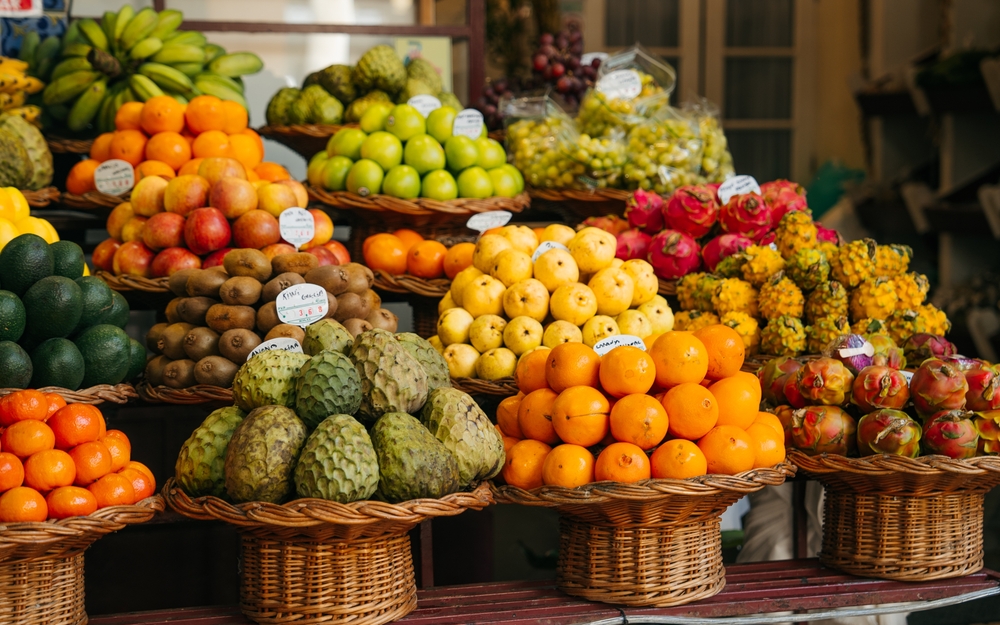
Even the healthiest of foods aren’t safe from contamination. While fruit and vegetables themselves are natural, the packaging they come in often isn’t. Cling film and plastic wrap are common culprits in introducing microplastics into your diet.
Look for produce that’s sold loose or wrapped in biodegradable materials. Farmers’ markets are a great place to find fresh produce with minimal packaging. Going the extra mile to support local agriculture has benefits beyond reducing plastic—it’s also fresher and tastier.
13. Rice

Rice is another surprising source of microplastics. As a staple food for many, its exposure to plastic can be concerning. The production, packaging, and even the cooking process can introduce plastic particles into your rice.
Consider buying bulk rice that isn’t packaged in plastic. Glass jars or cloth bags are excellent alternatives for storage. Being selective about packaging is a small effort that can lead to a big reduction in microplastic consumption. It’s a simple adjustment that can make your meals just a bit cleaner.
Natasha is a seasoned lifestyle journalist and editor based in New York City. Originally from Sydney, during a stellar two-decade career, she has reported on the latest lifestyle news and trends for major media brands including Elle and Grazia.

